The Crete World War II History Tour takes visitors on a captivating journey through the island’s pivotal role during the 1940s. Exploring the sites of the German invasion, the Greek-Italian War, and the Battle of Crete, the tour paints a comprehensive picture of Crete’s strategic importance and the courageous resistance of its people. From the Maleme airfield to the war cemeteries, each stop offers a unique perspective on this significant chapter in history. What’s more, the tour delves into the untold stories of the Greek Resistance, shedding light on the unsung heroes who fought against the Axis powers.
Key Points

- Explore the pivotal Battle of Crete in May 1941, when German paratroopers clashed with Allied forces in a brutal, decisive campaign.
- Visit key battlefield sites like Maleme airfield and Tavronitis Bridge, where ferocious fighting took place during the German invasion.
- Discover the crucial role of Greek Resistance fighters, the partisans, in disrupting German occupation and supporting the Allied defense.
- Pay respects at the German and Allied war cemeteries, and learn about the lasting impact of the battle through poignant memorials.
- Gain a firsthand perspective of the Crete campaign’s significance in the Mediterranean theater of World War II.
World War II in Crete
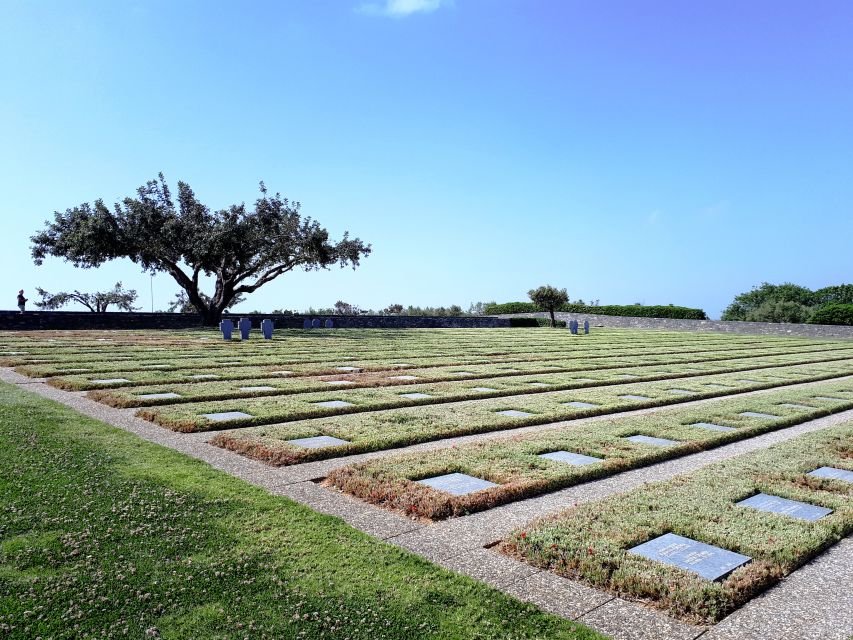
The German invasion of Crete, codenamed Operation Mercury, marked a pivotal turning point in the Mediterranean theater of World War II.
In May 1941, Hitler launched the invasion to seize the strategically crucial island and prevent it from being used by the Allies as a base to attack Axis-held territory.
After fiercely resisting the German airborne assault, the British, Australian, and New Zealand forces were eventually overwhelmed and forced to evacuate.
The Battle of Crete demonstrated the vulnerability of traditional ground forces against the mobility and firepower of the German Luftwaffe.
Despite their defeat, the courageous defense mounted by the Allied troops and Greek partisans inflicted heavy casualties on the Germans, sowing the seeds for the island’s eventual liberation.
Fascinated by Crete's past? More historical tours we've covered
The Greek-Italian War of 1940
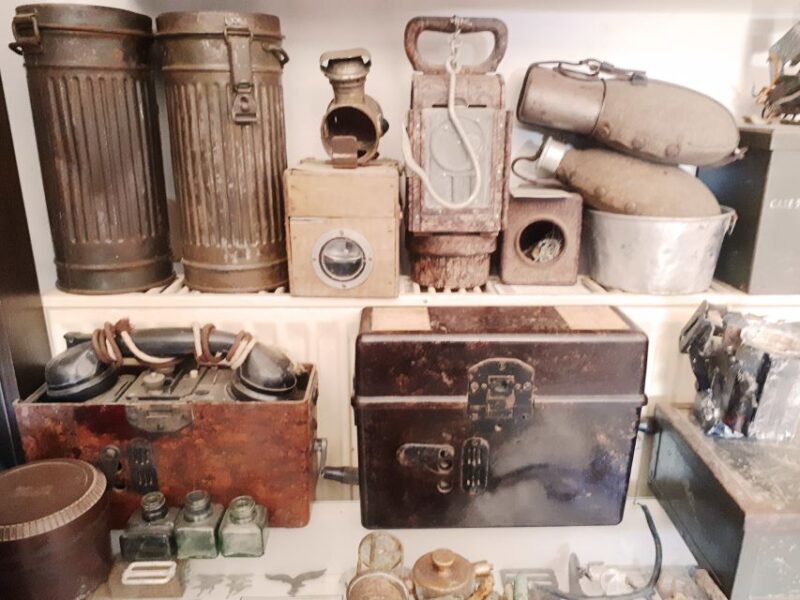
Prior to the German invasion of Crete, Italy had launched its own attack on Greece in October 1940, initiating the Greek-Italian War. This conflict arose from Italy’s imperialistic ambitions in the Balkans, as Mussolini sought to expand Italy’s influence in the region. Despite initial gains, the Italian forces were ultimately pushed back by the determined Greek military, marking a significant early defeat for the Axis powers.
| Key Events | Italian Objectives | Greek Response |
|---|---|---|
| October 1940 | Invade and occupy Greece | Repel Italian forces |
| November 1940 | Advance into Greece | Launch counteroffensive |
| January 1941 | Suffer heavy losses | Drive Italians back into Albania |
Operation Mercury: Hitler’s Invasion
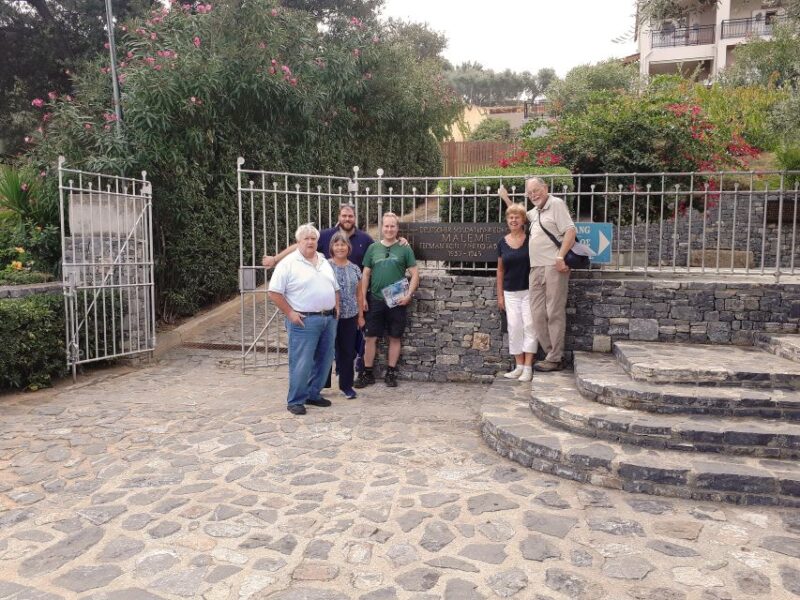
Following the Greek-Italian War, Hitler turned his attention to the strategically vital island of Crete, launching Operation Mercury in May 1941 – a massive airborne invasion that would test the limits of German military might.
Deploying over 20,000 paratroopers and glider troops, the Germans sought to capture Crete’s airfields and seize control of the island. The ensuing Battle of Crete witnessed fierce fighting as the Allied forces, including British, Australian, and New Zealand troops, put up a determined defense.
Despite suffering heavy casualties, the Germans ultimately prevailed, marking the first time paratroopers were used on a large scale in warfare. The capture of Crete came at a heavy price for Hitler, shaking confidence in the invincibility of the German war machine.
The Battle of Crete
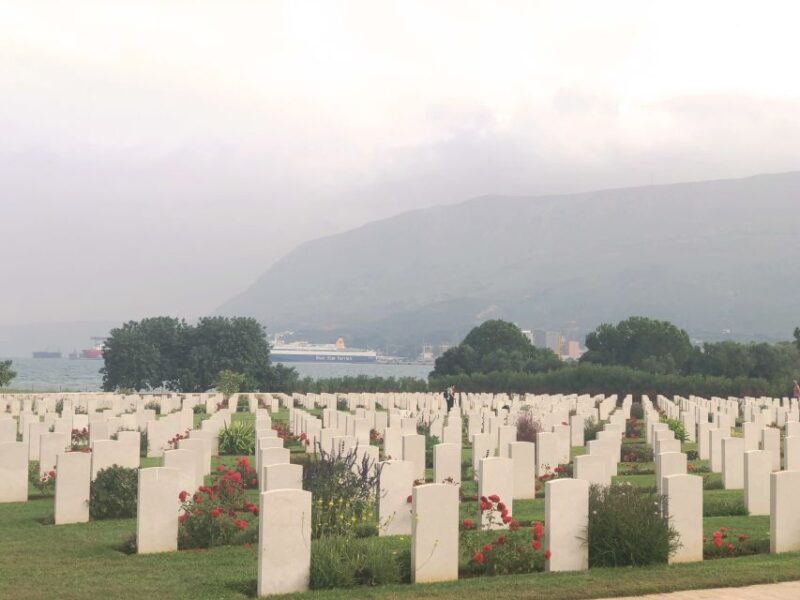
Lasting for 12 days in May 1941, the Battle of Crete pitted the German airborne forces against the Allied troops defending the strategically vital Greek island. Despite their early success in capturing key objectives, the Germans suffered heavy casualties due to the fierce resistance of the Allied forces, including the Greek, British, Australian, and New Zealand troops. The battle’s outcome marked a significant turning point, as it demonstrated the vulnerability of elite German paratrooper units and the determination of the defenders. The table below highlights the key events and outcomes of this pivotal battle:
| Event | Date | Outcome |
|---|---|---|
| German airborne assault | May 20, 1941 | Initial German success |
| Battle for Maleme airfield | May 20-22, 1941 | German capture of airfield |
| Allied counterattacks | May 23-27, 1941 | Stalemate |
| German reinforcements arrive | May 28, 1941 | Allied withdrawal from Crete |
| German victory declared | June 1, 1941 | Over 17,000 Allied casualties |
Visiting the Battlefield Locations
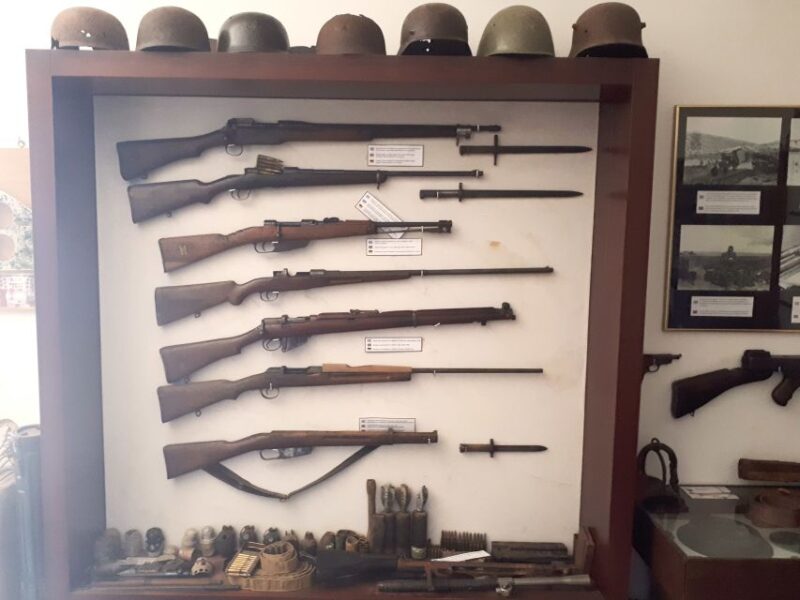
The Crete World War II History Tour takes visitors to the key battlefield locations across the island, allowing them to gain a deeper understanding of the pivotal events that unfolded there.
Travelers frequently explore the remnants of the Maleme airfield, where the German airborne assault first began, and visit the Tavronitis Bridge, a site of fierce fighting between the Allied and German forces.
In Galatas, they uncover the hidden stories of the local partisans who played a crucial role in the defense.
The tour also includes visits to the war cemeteries, where monuments and memorials honor the sacrifices of both German and Allied troops.
Through these immersive experiences, participants gain a firsthand perspective of the Battle of Crete and its lasting impact.
Exploring War Cemeteries and Monuments
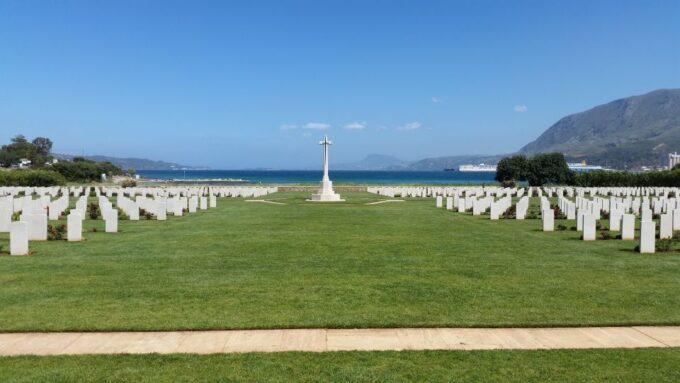
The tour includes visits to the war cemeteries, where visitors can find monuments and memorials honoring the sacrifices of both German and Allied troops during the Battle of Crete. These solemn resting places offer a chance to reflect on the human cost of the conflict.
Visitors can explore:
- The German War Cemetery, where over 4,400 German soldiers are buried
- The Allied War Cemetery, with graves of British, New Zealand, and Australian troops
Monuments commemorating the bravery of the Greek Resistance fighters.
Memorials to the victims of the German occupation and reprisals.
Thought-provoking sculptures and plaques that capture the poignancy of the battle.
These sites provide a somber yet meaningful connection to the history of Crete during World War II.
Untold Stories of the Partisans
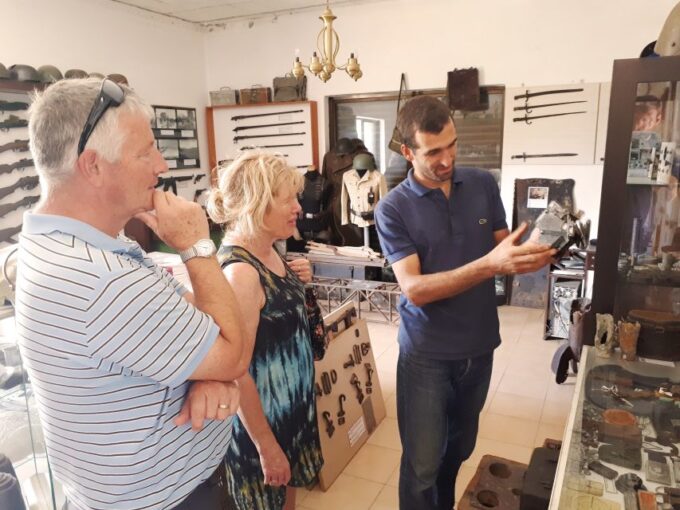
Beyond the solemn war cemeteries, the tour uncovers the little-known stories of the Greek Resistance fighters – the partisans who played a crucial role in the Battle of Crete.
These courageous civilians, armed with limited resources, waged a fierce guerrilla campaign against the German occupiers.
Visitors learn how the partisans disrupted enemy supply lines, provided intelligence to the Allies, and even captured German soldiers.
Through secret hideouts and abandoned shelters, the guide brings to life the daring exploits of these unsung heroes.
Their acts of bravery and resilience in the face of overwhelming odds left an indelible mark on the course of the battle, showcasing the indomitable spirit of the Cretan people.
Tour Details and Inclusions
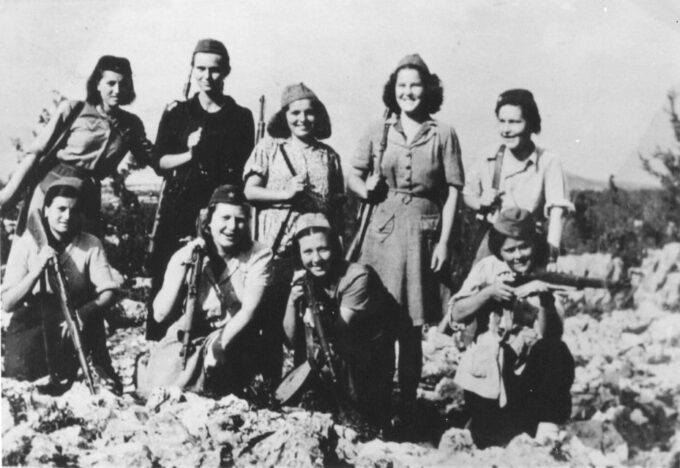
In an article titled ‘From Chania: Crete World War II History Tour’, it’s now time to discuss the CURRENT SUBTOPIC ‘Tour Details and Inclusions’.
This comprehensive World War II history tour of Crete spans 6 hours, offering visitors a captivating exploration of the island’s pivotal role in the conflict.
Guests can expect pickup and drop-off from specific locations in the Chania region, as well as transportation by air-conditioned minivan.
An English-speaking driver/guide and local guide will accompany the group, providing expert insights and bringing the history to life.
Entrance fees, local taxes, a snack, and a bottle of water per person are all included in the tour package.
The tour includes:
- Pickup and drop-off from specific locations in Chania region
- Transportation by air-conditioned minivan
- English-speaking driver/guide and local guide
- Entrance fees
- Snack and a bottle of water per person
Frequently Asked Questions
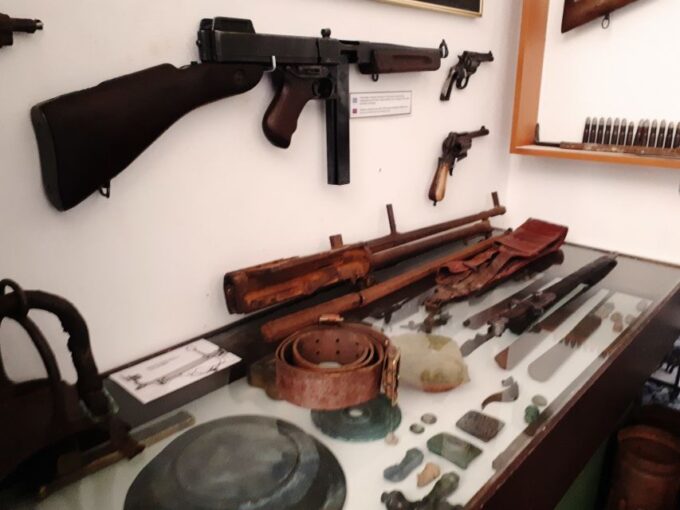
What Is the Maximum Group Size for the Tour?
The maximum group size for the tour is not specified in the provided information. The details mention that transportation is provided by an air-conditioned minivan, but do not indicate the vehicle’s capacity or the maximum number of participants.
Are There Any Age Restrictions for Participants?
There are no age restrictions for participants on this tour. The tour is suitable for all ages, though younger children may find some aspects more interesting than others. The tour provider welcomes guests of all ages.
Can the Tour Be Customized for Individual Preferences?
Yes, the tour can be customized for individual preferences. The operator offers flexibility to tailor the itinerary and focus based on the specific interests of participants. Travelers can discuss their preferences with the guide to personalize the experience.
Are There Any Dietary Options Available During the Tour?
The tour offers a snack and bottled water per person as part of the inclusions. While specific dietary requirements aren’t mentioned, the provider may be able to accommodate certain needs if informed in advance.
How Accessible Are the Battlefield Locations for People With Mobility Issues?
The battlefield locations on this tour may present some accessibility challenges for those with mobility issues. However, the tour operator can likely provide accommodations or alternative arrangements to ensure all guests can participate comfortably.
Recap
The World War II History Tour of Crete offers a profound and poignant exploration of the island’s pivotal role in the war.
Visitors can walk in the footsteps of soldiers and civilians, gaining a deeper understanding of the sacrifices and resilience that defined this chapter of history.
Through visiting key sites and learning untold stories, the tour provides a immersive and impactful experience for anyone interested in the enduring legacy of Crete during World War II.
You can check if your dates are available here:More Historical Tours in Crete
- Food Odyssey, A Historical Culinary Tour of Chania
- Discover The Religious Heritage Of Apokoronas
- Discovering Ancient Olive Tree and Historic Olive Mill and Winery
- Explore on Foot the Historical City of Heraklion (Small-Group)
- Chania: Hiking Through History and Hidden Gems at Katholiko Bay
- Private Crete Far West Adventure: Hiking, History & Beaches
More Tours in Crete
More Tour Reviews in Crete
Not for you? Here's more things to do in Crete we have recnetly reviewed
- 3 Best Shopping Tours In Crete
- 7 Best BBQ Experiences In Crete
- 7 Best Dining Experiences In Crete
- 9 Best Full-Day Tours In Crete
- 3 Best Jet-Ski Experiences In Crete
- 7 Best Dinner Tours In Crete
- 25 Best Cruises And Boat Tours In Crete
- 25 Best Lunch Experiences In Crete
- 16 Best Food Tours In Crete
- Taste of Crete With Trikke Ride
- Travel Crete – Visit Knossos Palace (Semi Private – Shared Tour)
- 6 Hour Hiking in Psiloritis Mountain
